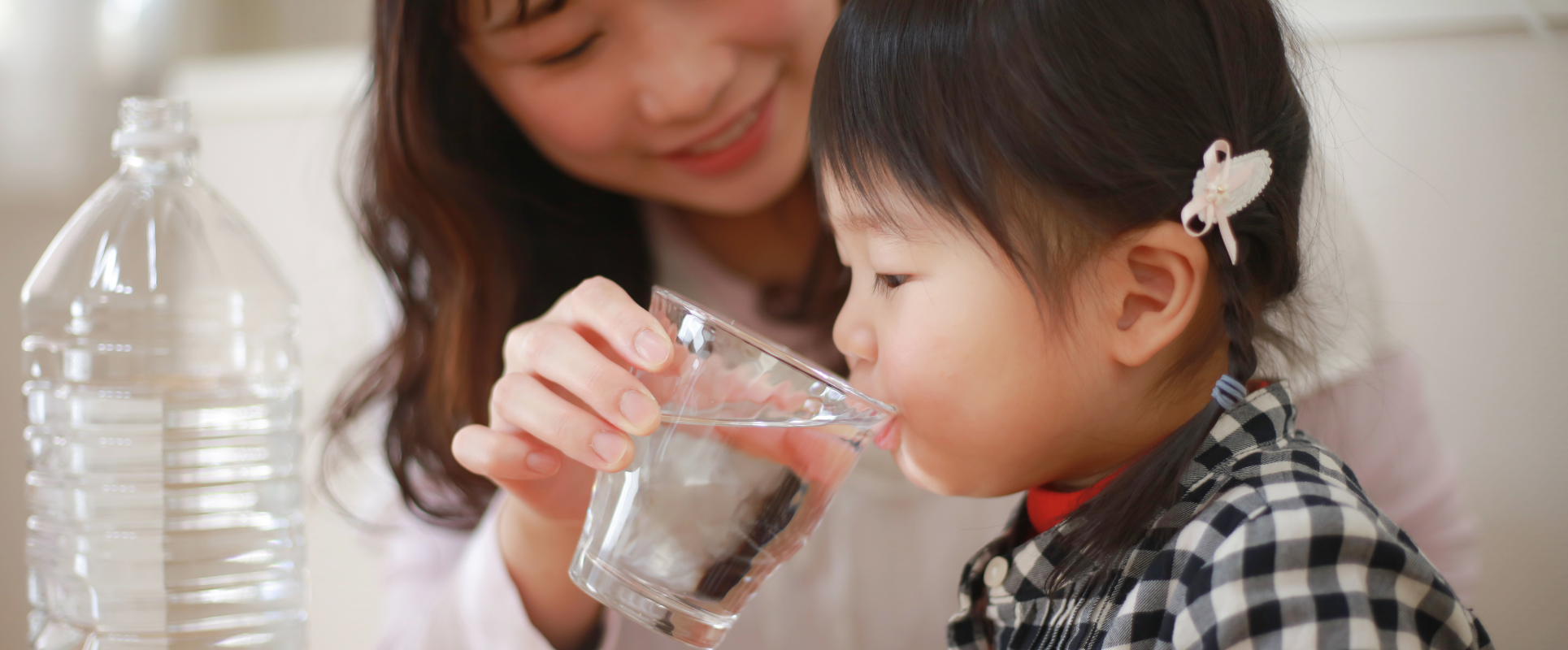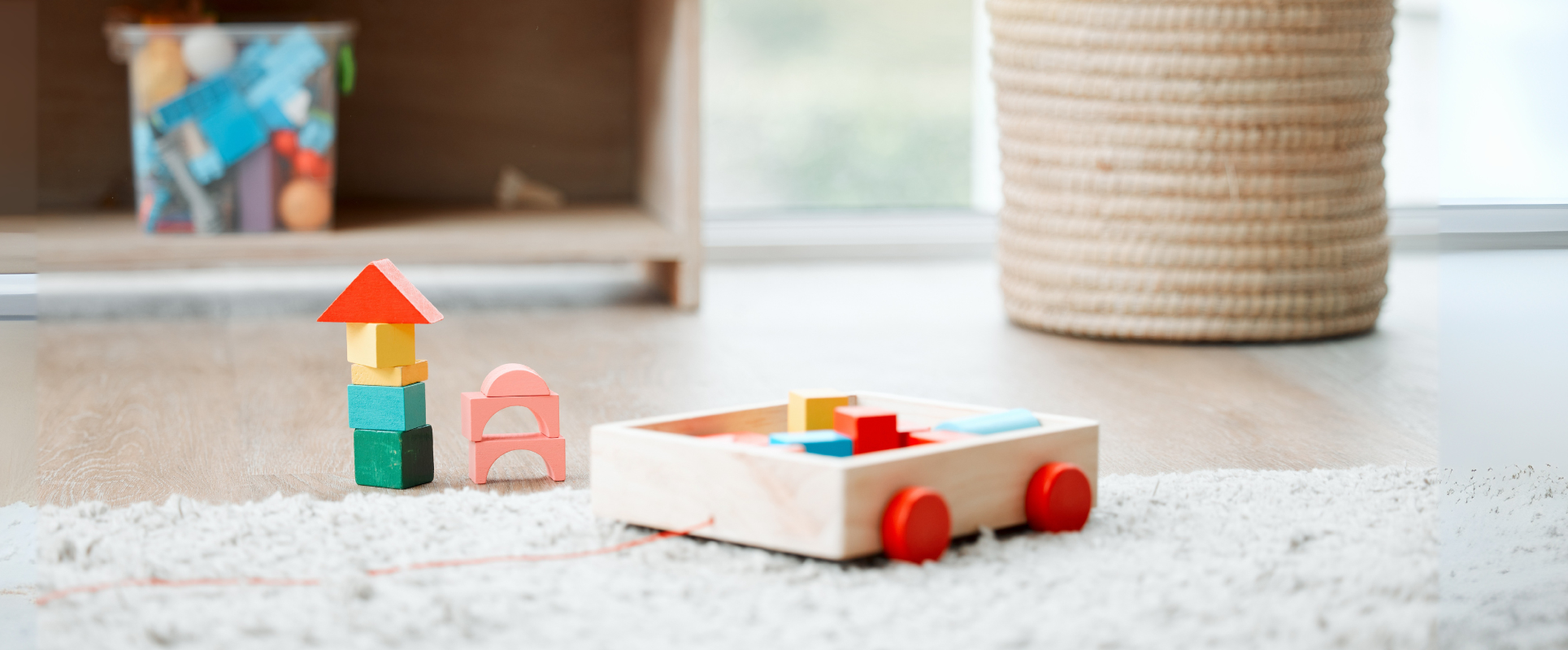
Understanding the Common Cold in Children: A Complete Parent’s Guide
At DabiDabi, we understand how unsettling it can be to see your little one sneeze, cough or refuse to eat during a cold. This guide helps you feel informed and prepared with expert-backed advice.
What Is the Common Cold in Children?
The common cold is a viral infection affecting the nose and throat (upper respiratory tract). It is one of the most frequent illnesses in children, with younger children often experiencing 6–8 colds per year.
Why Do Children Get Colds So Often?
Children’s immune systems are still developing, making them more susceptible to viruses. The most common culprits are rhinoviruses, but other viruses like RSV, coronavirus (non-COVID strains) and parainfluenza can also cause colds.
According to the American Academy of Pediatrics, cold viruses spread through droplets when an infected person coughs, sneezes or touches surfaces. Source: “Caring for Your Baby and Young Child,” American Academy of Pediatrics (AAP).
Symptoms of the Common Cold in Children
Most colds in children will present with:
- Runny or stuffy nose
- Sneezing
- Mild fever (often under 101°F / 38.3°C)
- Sore throat
- Mild cough
- Decreased appetite
- Mild fatigue
Symptoms typically last 7–10 days, peaking around day 2–3.
When to Worry: Signs Your Child Needs a Doctor
While most colds are harmless, seek medical care if your child has:
- Difficulty breathing or wheezing
- High fever (above 102°F / 38.9°C) lasting more than 3 days
- Ear pain or persistent fussiness
- Symptoms lasting beyond 10 days without improvement
- Blue lips or nails
- Dehydration (no tears, dry mouth, fewer than 4 wet diapers in 24 hours)
Source: Mayo Clinic Pediatric Guidelines.
How to Care for Your Child with a Cold at Home
- Keep Your Child Hydrated: Offer water, breastmilk or formula frequently. Fluids help loosen mucus and prevent dehydration.
- Ensure Rest: Rest helps your child’s immune system fight off infection effectively.
- Use a Cool-Mist Humidifier: It can ease congestion, especially at night.
- Nasal Saline and Suction: Saline drops and a bulb syringe can clear nasal passages in babies.
- Comfort Measures: Honey (only for children over 1 year) may soothe a cough. Warm fluids like broth can help with sore throats.
What About Medications?
Most over-the-counter cold medicines are not recommended for young children due to potential side effects. Always consult your pediatrician before giving medications. Source: CDC and AAP guidelines on pediatric cold management.
Can You Prevent Colds in Children?
While you can’t entirely prevent colds, you can reduce the risk by:
- Teaching handwashing
- Avoiding close contact with sick individuals
- Cleaning frequently touched surfaces
- Encouraging covering mouth and nose when coughing/sneezing
Frequently Asked Questions About Colds in Children
Q: Can a cold turn into pneumonia?
A: Yes, sometimes a cold can lead to secondary bacterial infections like pneumonia. Watch for worsening symptoms or difficulty breathing.
Q: Can I send my child to daycare with a cold?
A: If your child has mild symptoms and no fever, many daycares allow attendance, but check with your provider.
Q: How long is a child contagious with a cold?
A: Typically, your child is most contagious in the first 2–3 days of symptoms but can continue to spread the virus for up to 2 weeks.
Final Thoughts
Colds are a normal part of childhood, helping build your child’s immune system. With proper care and awareness of warning signs, your child will recover comfortably.
If you are ever unsure about your child’s symptoms, consult your pediatrician promptly.
References
-
American Academy of Pediatrics: https://www.healthychildren.org/English/health-issues/conditions/ear-nose-throat/Pages/Children-and-Colds.aspx
-
Centers for Disease Control and Prevention (CDC): https://www.cdc.gov/common-cold/about/
-
“Caring for Your Baby and Young Child” – AAP, 7th Edition : https://publications.aap.org/aapbooks/book/568/Caring-for-Your-Baby-and-Young-Child-Birth-to-Age?autologincheck=redirected
-
Mayo Clinic Pediatric Care Guidelines : https://www.mayoclinic.org/diseases-conditions/common-cold-in-babies/symptoms-causes/syc-20351651








